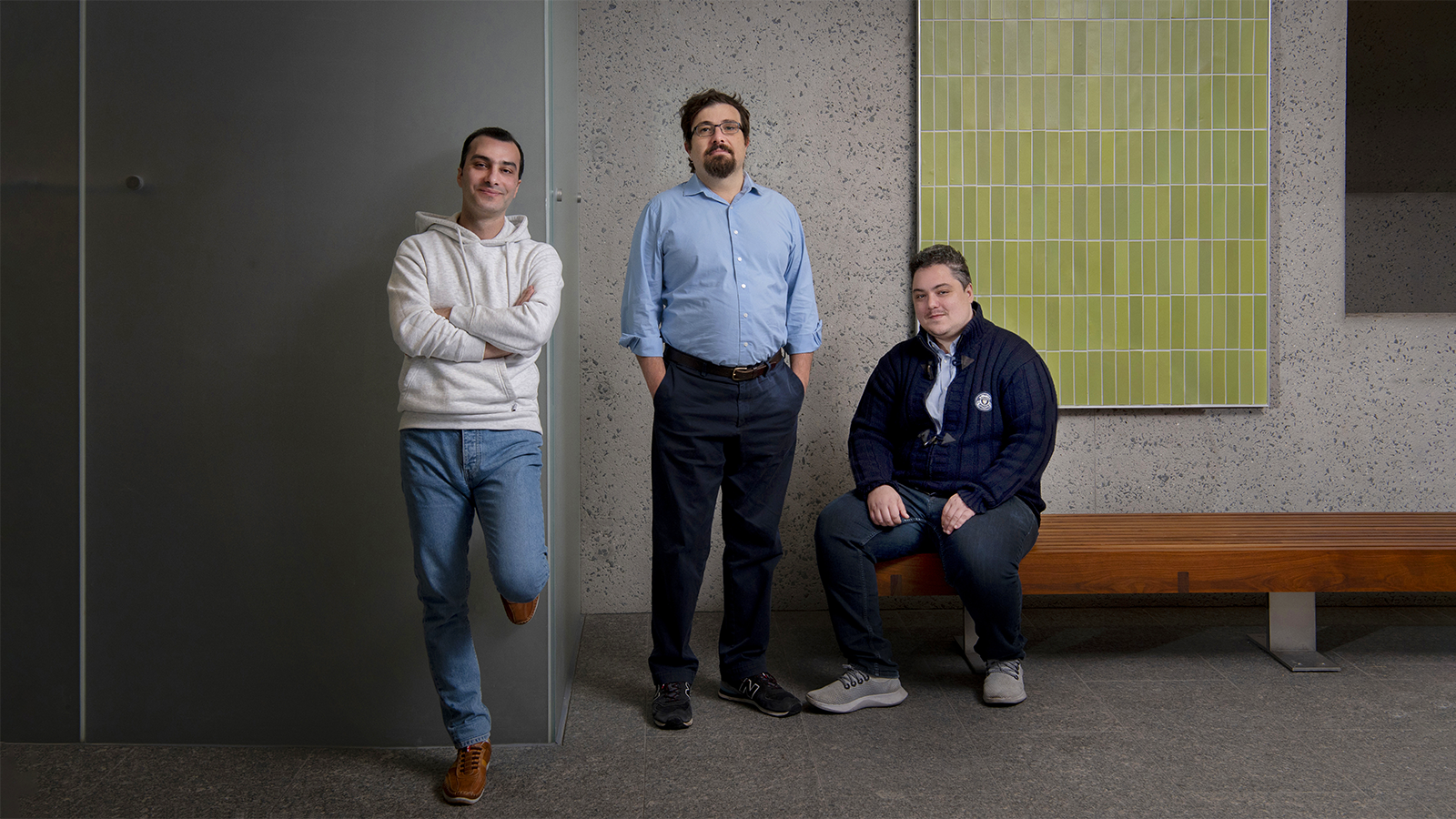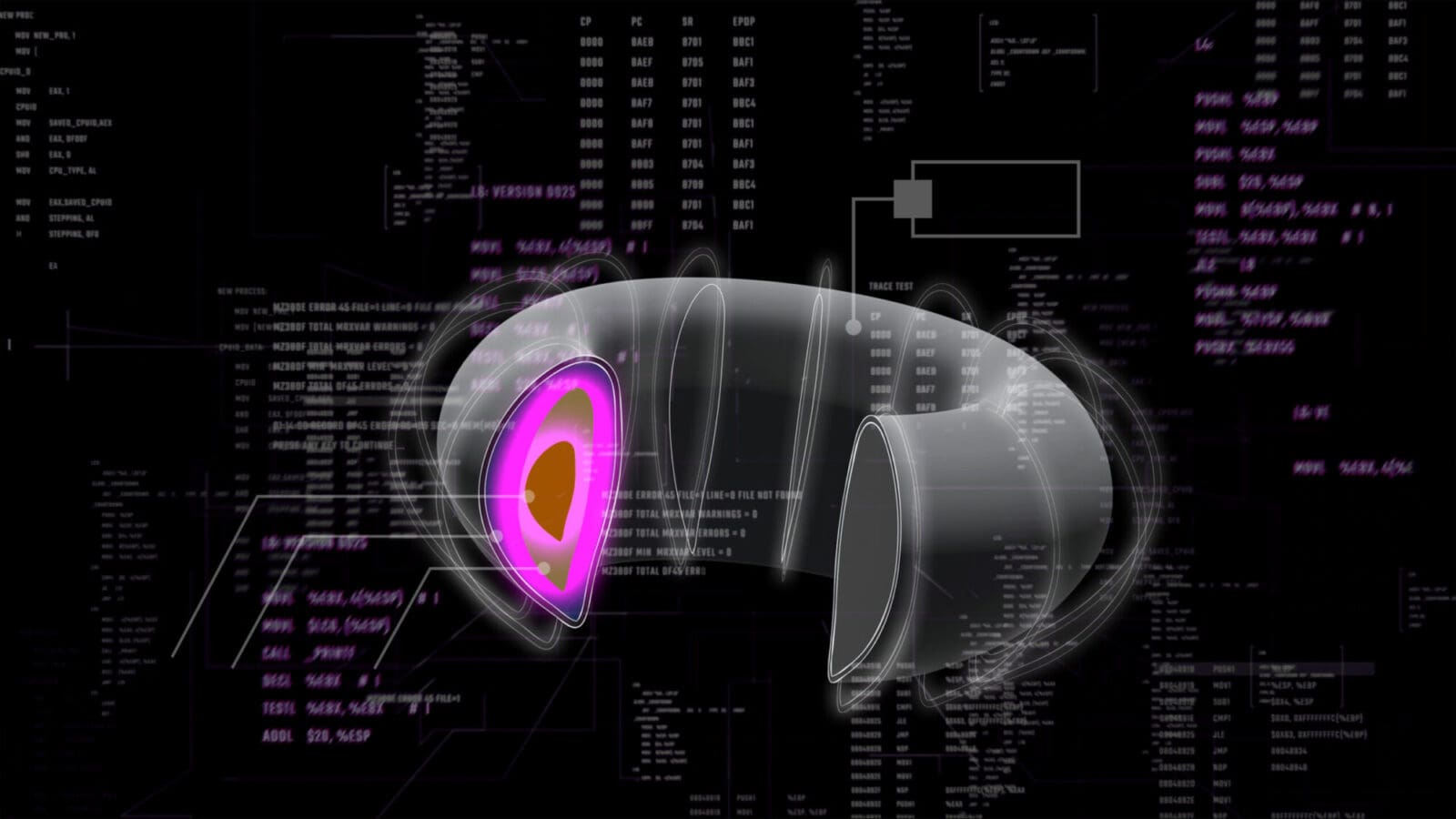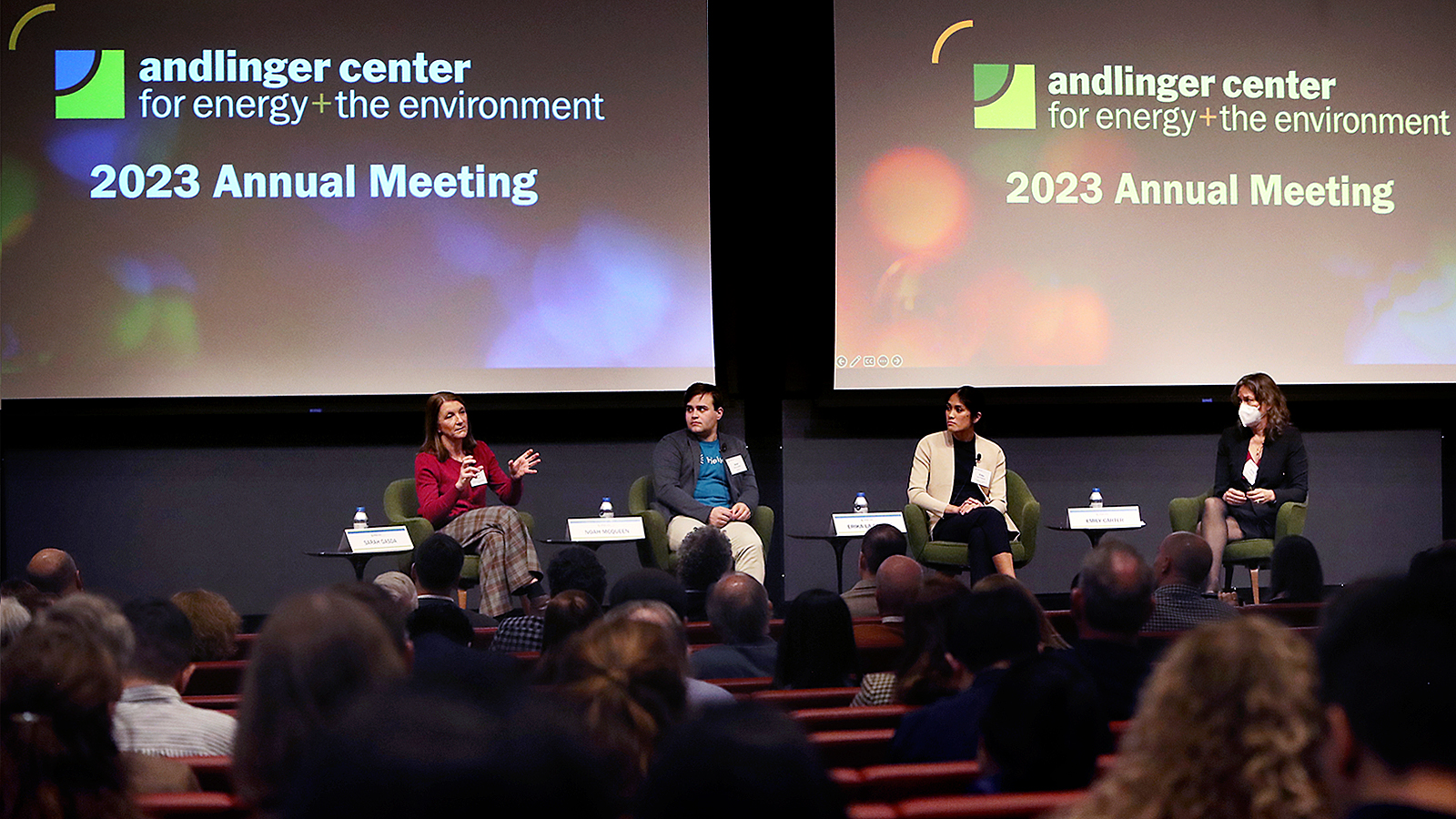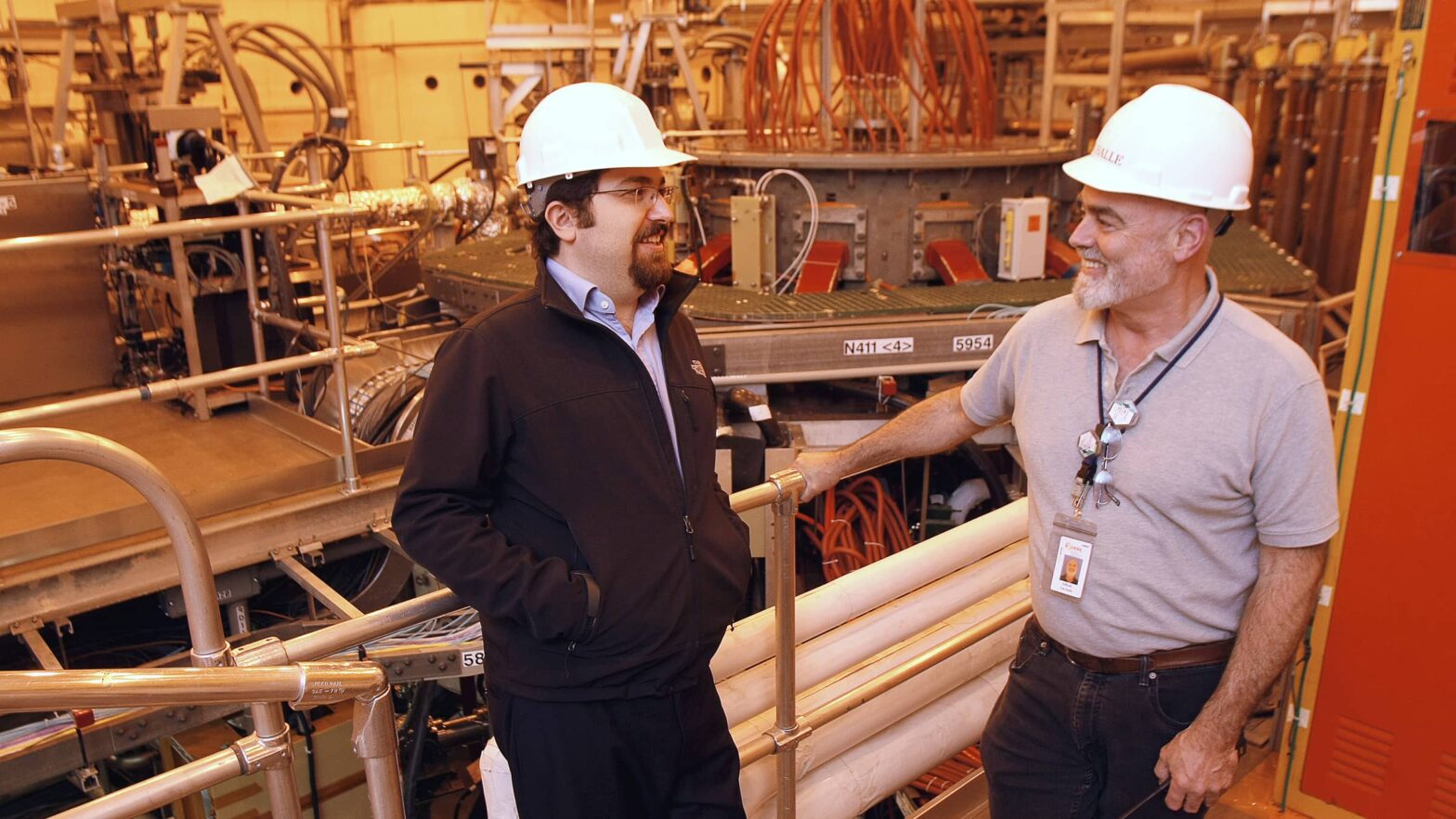
Data drive quests to control nuclear fusion
By
on
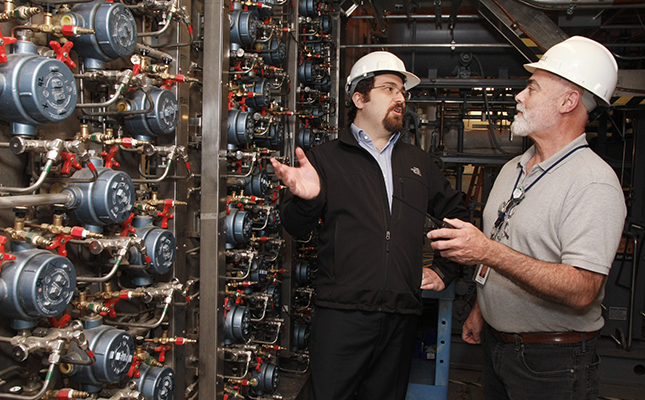
Running a fusion reactor is like holding part of the sun in a bottle its heart is a raging storm of particles trapped in a magnetic field.
To translate this storm’s power into a practical energy source, scientists will have to harness and control the reactor by adjusting the twists and flows of its superheated particles.
“Plasma can destabilize in milliseconds,” said Egemen Kolemen *08, an assistant professor in mechanical and aerospace engineering and the Andlinger Center for Energy and the Environment. “To control the reaction, we need to react in the same timescale.”
Kolemen is one of several Princeton engineers working with colleagues at the Princeton Plasma Physics Laboratory (PPPL), a U.S. Department of Energy lab administered by Princeton University, to solve critical problems in making fusion energy a practical reality. In particular, Kolemen and Clarence Rowley ’95, a professor of mechanical and aerospace engineering, lead separate projects to control the behavior of a state of matter known as plasma.
Instant decisions
A fusion reactor starts by heating light atoms such as hydrogen gas far beyond the temperature of the sun. At such temperatures, electrons fly free of their atoms leaving a swirl of electrically charged particles called plasma. If engineers can arrange this plasma into just the proper configuration, the particles will slam into each other and fuse into new types of matter, releasing massive amounts of energy. Scientists have been able to do this for minutes at a time, but maintaining a stable reaction for a fusion power plant that needs months to years of operation is a different story. The plasma constantly seeks to fling itself apart. Even if operators prevent this, they still have to control the plasma’s constant twists and swirls to maximize the collisions among particles.
To make things more complex, there is no easy way to take real-time measurements of plasma’s configuration – observations are possible, but they take time to analyze. That is where Kolemen’s work begins.
“We gather pieces of diagnostic measurements and quantify the uncertainty,” he said. “We try to put all this information in physics models and figure out what the situation is in the reactor.”
Kolemen is assembling algorithms that will evaluate measurements of the plasma and make rapid calculations that trigger minute shifts in the reactor. The goal is to create an automated system that reacts quickly enough to maintain stability within the plasma.
“You need to understand all of the diagnostics, analyze them with the physics, predict if there is going to be a disruption, and take action,” he said.
It might sound impossible, but Kolemen said the framework of the system is in place. He said engineers are now working to build up the system and increase its reliability.
“Making something so it works once in a while is easy,” he said. “Going from a system that is functional for 90 percent of the time to the more than 99.99 percent reliability needed for a fusion power plant – that requires a bit more thinking.”
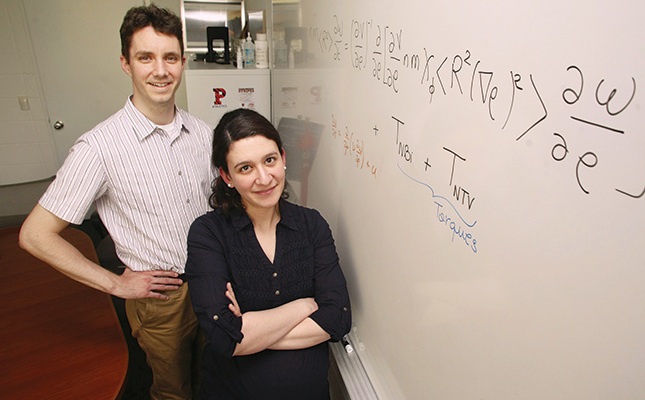
Finding flow
While Kolemen seeks tools to control plasmas as they change, Rowley is developing mathematical models that reveal why instabilities develop in the first place.
To an untrained eye, the plasma seems to twist and roll randomly, but Rowley said that underlying patterns often hide in a multitude of details.
“If you really want to understand what is going on, to get to the heart of the matter, you want to strip away those details,” Rowley said. “Often, it’s something simple.”
Im√®ne Goumiri, a graduate student in Rowley’s lab, recently worked with colleagues at Princeton and PPPL to develop a system using mathematical modeling and high-speed controls to reduce turbulence in plasmas created in the lab. Built on data from previous experiments, the program reacts quickly to changes in the plasma’s flow and reduces instabilities by rotating sections of the plasma at different speeds.
Rowley’s team has revealed how small changes that occur at critical locations and are amplified by other factors. The amplification can eventually cause the small change to play a big role in the overall flow.
“Trying to identify the features of the flow that are very sensitive to change is a big part of this business,” Rowley said. “Even though this is about fluid dynamics or plasma, it can apply to any domain, which is why it is useful to think about it in a mathematical framework. For instance, if you are trying to understand instabilities in a power grid that could lead to blackouts, you want to know if there are places in the grid that are really vulnerable if one generator went off, it could send ripples through the grid. These same techniques could give you a better understanding of that as well.”

